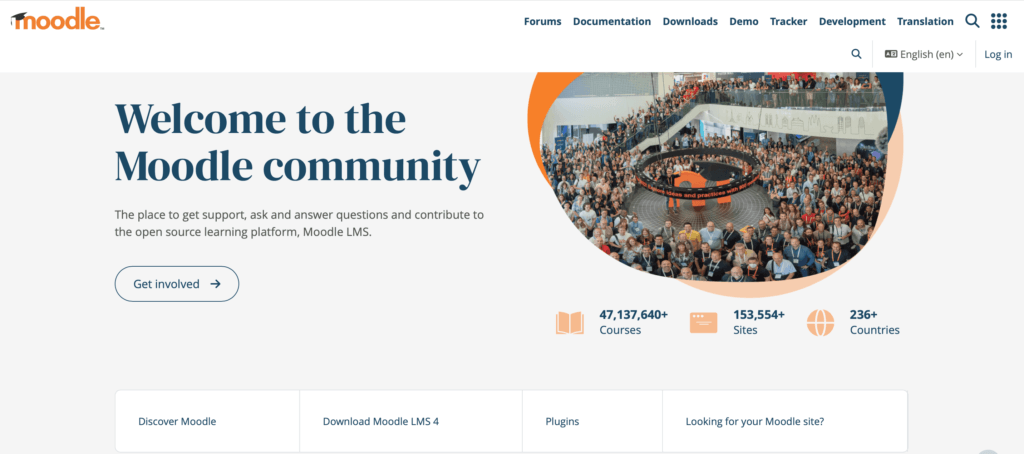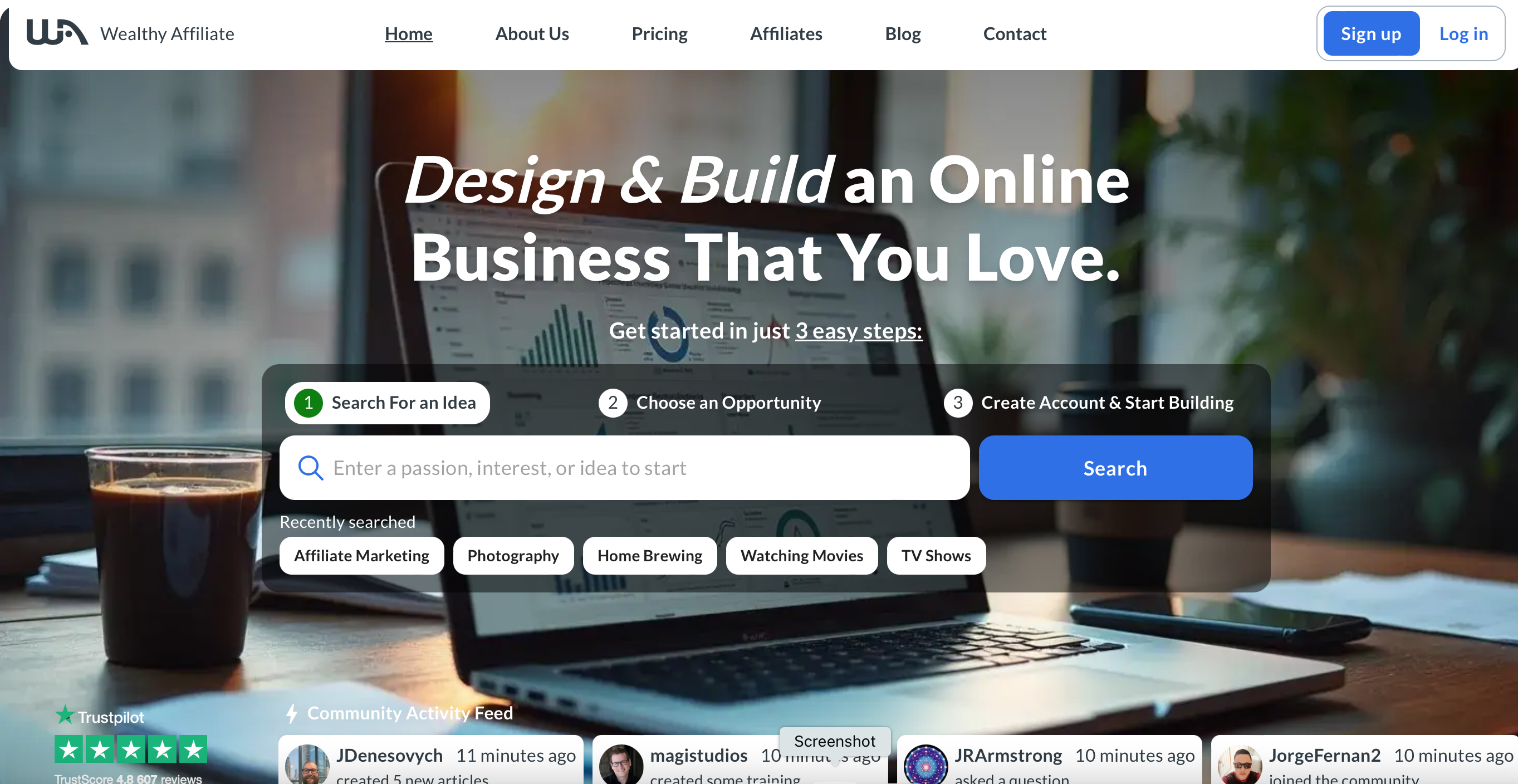Online Course Creation: Tips And Best Practices
So, you’re thinking of creating a course? It’s certainly a very current way to make money online. Creating a successful online course starts with having a solid understanding of who you are teaching and what you want to achieve. Let’s break it down.
Who is Your Target Audience?
First of all, figuring out your target audience is crucial. Who are the people you’re aiming to help? Think about their age, their profession, their interests, and their skill levels. Put yourself in their shoes and ask what they need most from your course. Creating detailed learner personas can help make this process smoother.
Next, market research is your best friend, so check out what courses are already out there in your niche.
How do they sell?
Are there any obvious gaps you can fill?
What do the reviews say?
Knowing your competition and what students feel is lacking can give you a huge leg up in your course creation process. You can learn from their mistakes.
Clear learning objectives should be the backbone of your course. They guide everything from content creation to assessment strategies. Be very specific when you do this. Instead of saying, ‘Students will learn about web design,’ say, ‘Students will be able to create a basic website using HTML and CSS.’ This way, prospective learners know exactly what they’re getting into and what they can achieve from the course.
Aligning your content with student’s needs is the final piece of the puzzle. It’s not just about dumping information on the World; it’s about structured learning that builds on itself. Use the insights from your market research to make sure your course content answers their questions and solves their problems. This makes your course more valuable and engaging.
Crafting Engaging and Structured Content
Getting your content right is crucial. Imagine designing a course that not only educates but also captivates. Plan out your course to ensure a logical flow from start to finish. Each training module should build on the previous one, gradually increasing in complexity and depth.
Diversifying content formats can make learning more exciting and effective. Videos, text, and quizzes each have their rightful place. Videos are great for visual learners and complex demonstrations. Text training works well for detailed explanations and can be revisited easily. Quizzes give instant feedback and help reinforce the material your course teaches.
Content presentation plays a huge role in keeping learners engaged in the course. You should break down large chunks of information into bite-sized pieces. Use headings, bullet points, and images to make your content more digestible. Clear and concise writing will keep learners’ attention and avoid overwhelming them with too much information at one time.
Interactive elements can take your course to the next level. Think discussion forums, live Q&A sessions, or even practical projects where learners can apply what they’ve learned. Interactive content fosters engagement and community, making the learning experience richer and more personal to the student.
Using The Technology and Tools
Choosing the right training platform is a game-changer. Learning Management Systems (LMS) and Content Management Systems (CMS) are the foundation of your online course. Platforms like Moodle, Teachable, or Thinkific each have their pros and cons. Focus on what you find easy to use, that offers good support, and fits your needs.

Multimedia tools make your content more engaging. Use high-quality video recording tools, preferably ones that allow screen sharing. Tools like Camtasia or Loom can help you create professional-looking videos without a steep learning curve. Add captions to your videos to make your content more accessible.
Tracking your progress is essential for both you and your learners. Most LMS platforms come with built-in progress tracking and performance metrics. These tools can help you see who’s engaging with your content and who might need a bit of extra help. Students can also track their own progress, which keeps them motivated.
Automation isn’t a luxury, it’s a necessity. Automate administrative tasks like enrollment, course reminders, and grading. Email marketing tools can help manage communication with students, keeping them engaged and informed without overwhelming you. This frees up your time to focus on delivering more high-quality content.
Marketing and Monetising Your Course
Developing a marketing strategy is the key to getting your course noticed. Think about where your target audience hangs out online. Are they on LinkedIn, Facebook, or specialized forums? Tailor your strategy to the platforms they use most. Creating engaging posts, informative blogs, and even teaser videos can generate interest and draw people in.
Social media and online communities are gold mines for promoting your course. Join groups related to your course topic and become an active participant. Share your expertise without being too salesy. Providing value will naturally lead people to check out your course.
Setting up a pricing model can be tricky. You want to offer value but also make a profit. Consider offering tiered pricing, with a basic, advanced, and premium package. This way, learners can choose an option that fits their budget and needs. Offering limited-time discounts or bundle deals can also attract more students initially.
Exploring different revenue streams adds another layer to your business. Affiliate marketing, where others promote your course for a commission, can expand your reach. Sponsorships from relevant companies can also provide additional income. Additionally, consider hosting webinars or live workshops as a supplementary revenue source.
You should also embed affiliate products into your course where it is relevant (if you can, but not too many). You can earn from the sale of the course and it’s content when students go on to download the things you recommend.
Visited 20 times


